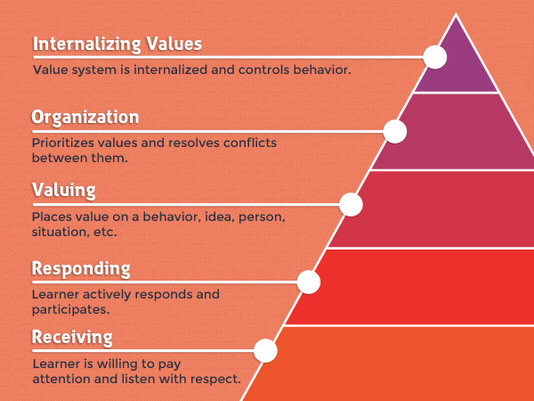Responsible Personal & Social Behavior
|
A student's behavior grade will fall into one of three categories:
Demonstrates Consistency - 3
Student can demonstrate all critical elements of the assessed content area (skill, movement pattern, concept, knowledge, behavior or effort) within a variety of physical environments. Quality consistently meets, exceeds or applies in an established nature based on the grade span indicators. Demonstrates Progress - 2
Student can demonstrate the basic critical elements of the assessed content area (skill, movement pattern, concept, knowledge, behavior or effort). Quality is of a maturing, developing or functional nature based on the grade span indicators. Area for Improvement - 1
Student needs deliberate practice and support of the assessed content area (skill, movement pattern, concept, knowledge, behavior or effort). Quality is still emerging or rudimentary based on the grade span indicators. Grading ScaleThe following scale has been established to determine the responsible personal & social behavior grade. It is based on a 3-pt. scale. The daily points are averaged over the course of the grading period (trimester).
|
What Good Behavior Looks Like...How do we get there?Each day, I track observable behaviors in my gradebook. All students start each class with 3 behavior points. It is their job to try and keep these points throughout the class period. They do this by demonstrating expected behaviors such as following directions & safety rules, staying on task, including others, etc... If a student displays behavior that hinders the safety or disrupts the learning of others, they can lose points.
|


